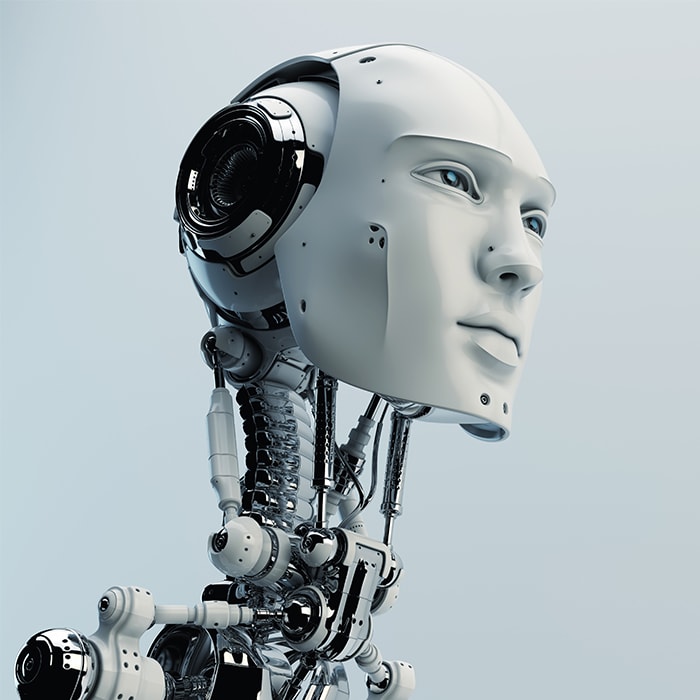There's a robot on the trading floor has been saved
Stories of our impact
There's a robot on the trading floor
Introducing artificial intelligence systems on UBS trading floors
Automation in financial services has long been confined to transforming back office roles, with robotic process automation removing repetitive processes in compliance and risk. But robots are now making their way onto banks’ trading floors too, completing routine tasks in a fraction of the time and giving traders more time to spend on valuable activities. Find out how we helped global banking group UBS to reduce costs, simplify processes and improve revenues.
A new field for automation
After seeing the success automation had in the bank’s support roles, UBS wanted to find out how it could use artificial intelligence systems in the front office and spoke to its sales people and traders about which processes a robot could complete. With a trader’s day starting before the markets open and ending after market close, certain tasks were taking up a lot of valuable time that could be better spent elsewhere. So UBS worked with our team of practitioners from Capital Markets Operations and Deloitte Managed Solutions to develop an automated programme that could deal with clients’ post-trade allocation requests (i.e. where to transfer the securities to once a trade has been closed).
So how does it work? The system scans the trade allocation emails sent by clients, outlining how they want to divide their large block trades between different funds. It then processes these requests and fulfils the transfers. Normally, such a task takes a trader about 45 minutes to an hour – the system completes it in just 2 minutes, freeing up the employee's time for speaking to their clients or other more complex tasks.
Delivering the robots
The use of robots in the front office is new territory for most financial services firms, and UBS is the first to have implemented robotics on the trading floor. We began supporting its investment bank in June last year to pioneer robotic process automation across the global bank, developing four proof-of-concept robots to test the software. These robots now work successfully alongside the sales and trading desks, dealing with risk reporting, trade allocation and settlement booking.
Thanks to the successful development of these robots, we’re now helping UBS to deliver a global portfolio of robotic process automation across the bank to remove more repetitive tasks, simplify cumbersome processes, and critically reduce operational risk for the bank by cutting the risk of manual errors in trade processing.
Recommendations
Find out about Deloitte Do
Whatever your business challenge, we'll help you solve it.






